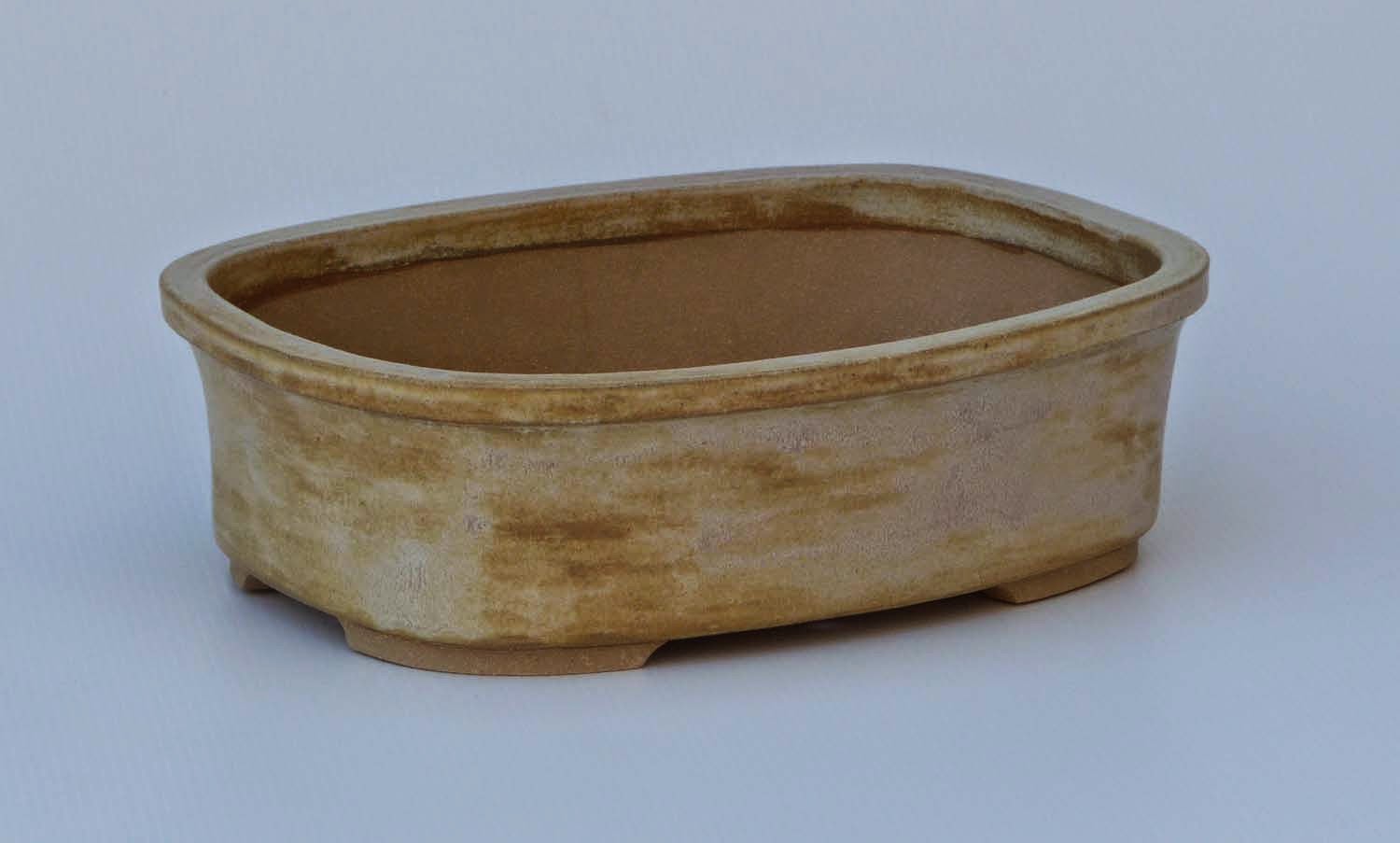It’s heading into exhibition season here and in particular
the BCI conference in August. I have a couple of trees (and pots) listed for the
exhibition and so need them presented at the right height.
I made three tables back in March for the Redlands NativeBonsai Exhibition but now need another one with a large table top.
Getting the tree at the right height is critical to the
whole look and feel and the conference tables are going to be the standard 750
height so the new table will need to be about 330 high. I posted some research
I did on this a while ago on Post 139.
In March I made the tables with pine and while it was
relatively low cost and easy, the timber remains fairly soft and easily damaged.
I’m actually doing a job on the larger one right now to inlay new table top
corners of a harder timber. Just little triangular pieces of timber cut at 45
degrees to give that exposed point a little more durability.
This is the insert prior to painting
So this time I’m biting the bullet and going for a harder
timber and having a shot at a more interesting design.
My normal design process is the back of the envelope to
start, with the basic shape and dimensions. Here then are the working plans for the
project. I like the look of the double miter often used in higher quality tables and thought I should give it a go.
That said the proportions have to be right and I do like to
mock up a template or model at full size to eyeball the design and make the adjustments when
they are easy to do. A light cardboard sheet is ideal and enables a front and
side view.
My woodworking equipment is a bit of a limitation and so I try to use commercially
available material in standard board sizes. This influences the design a bit
too. Flat and straight pieces of timber are essential to reducing the size of
the job so I’m very picky at the local hardware shop. I'd love a good table saw but my pottery/woodwork shop would need a second floor.
The timber I’ve chosen this time is American Red Oak, from
Masters, nice grain.
It looks, feels and works like Tasmanian Oak which I’ve worked on
before. It is a hard timber which keeps a good edge and has an attractive
grain. Tasmanian Oak is of course eucalypt timber (any one of three varieties
apparently) as we don’t have oaks. But the Red Oak really is oak.



























